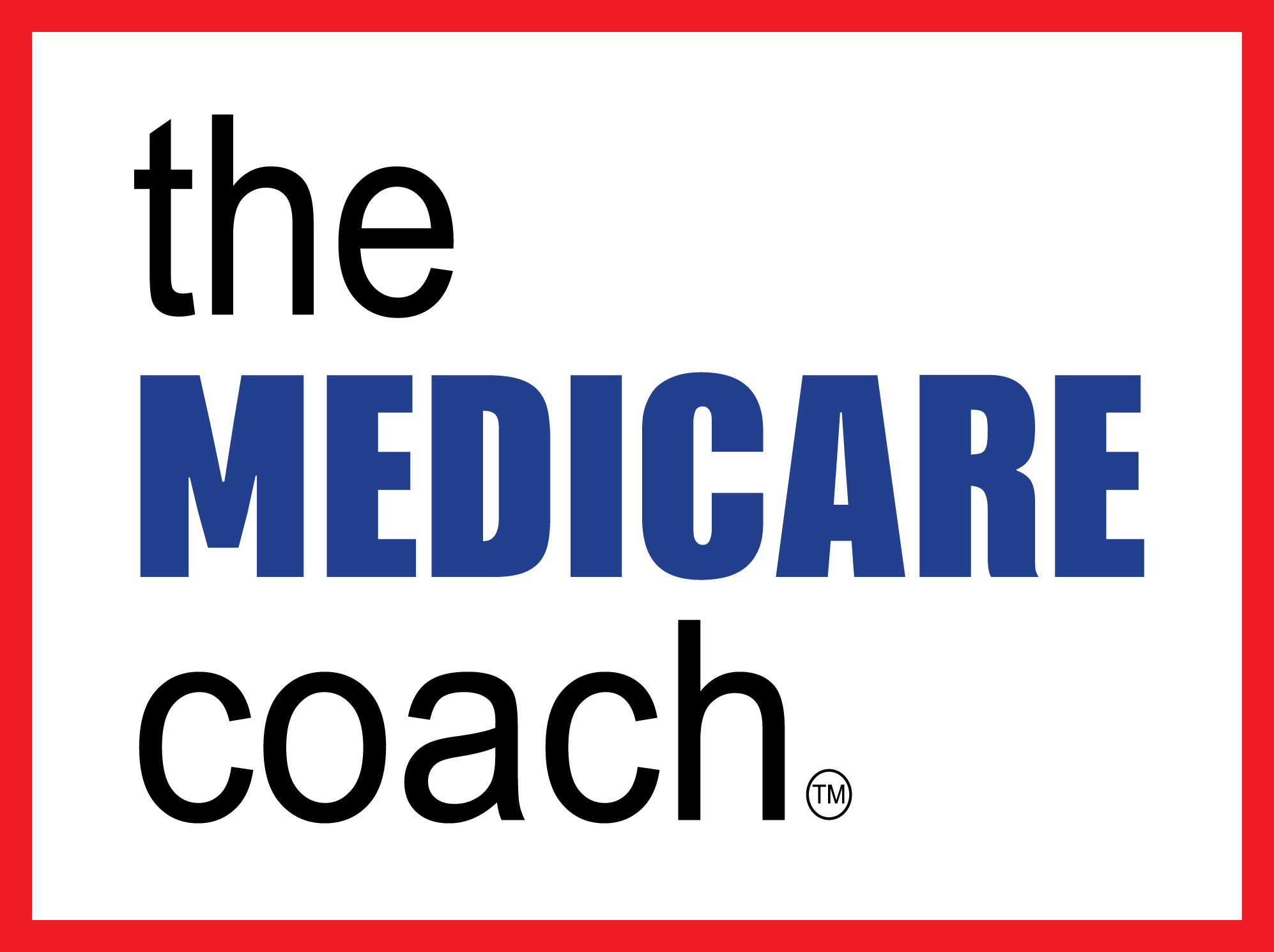Medicare Part B Premium Increase on the Horizon
A $7.5 billion Medicare Part B premium increase is on the table. House Democratic leader, Nancy Pelosi, (D-CA), and Speaker John Boehner are seeking options to limit the expected increases if Congress can find a way to offset the cost elsewhere in the federal budget.
If this does not happen, about 30 percent of the 51 million Medicare beneficiaries’ enrolled in Part B of Medicare who are not receiving Social Security benefits will bear the brunt of the 50 percent increase.
Under current law, Medicare beneficiaries receiving Social Security benefits will only experience a Part B premium increase if they receive a cost-of-living adjustment for 2016. Based on the low inflation percentage, it’s unlikely there will be an increase next year, which means their premiums will remain the same.
Part B premiums, which cover doctors’ and outpatient services range from a low of $104.90 to a high of $335.70 per month if a beneficiary’s Adjusted Gross Income is more than $428,000. Those on the lower end could be paying $159 per month, while the high end folks could be paying $509.80.
The Medicare Trustees report noted, “Part B expenditures were higher in 2014 and are projected to be higher in 2015 than expected,” when the government set premiums a year ago.
Premiums are projected to cover about one-fourth of the cost of Part B Medicare services, while general revenues are used to cover the remaining portion. But, if the 70 percent of beneficiaries pay no increase, the cost must be distributed among a much smaller group of people, leading to the high premium numbers.
That’s not all. The Medicare actuaries projected an increase in the Medicare deductible from $147 in 2015 to $223 in 2016. About 50 percent of all Medicare beneficiaries are living on “annual incomes of $24,150 or less,” according to Joe Baker, president of the Medicare Rights Center. Actuaries have already indicated that Medicare’s contingency fund to come to the rescue in situations like this is already lower that what they have recommended in the past.
The states are in a panic mode because they pay the Medicare premiums for low-income Americans eligible for both Medicare and Medicaid referred to as dual eligibles. Medicare officials are scheduled to announce the 2016 premiums during the month of October, after the federal Bureau of Labor Statistics releases information on consumer prices.
Meanwhile, there will be added stress on Congress to pass legislation to soften the blow of projected increases for individuals by using general revenue funds to plug the shortfall. But, in light of the uncertainty of the 40 Tea Party rebels in the House of Representatives threatening to shut down the government and oppose legislation to raise the federal debt ceiling, the shortfall could easily fall in the lap of Medicare beneficiaries and all state governments, like Kansas, without the reserves to cover the increased cost for their dual eligible Medicaid population.
The Coach


